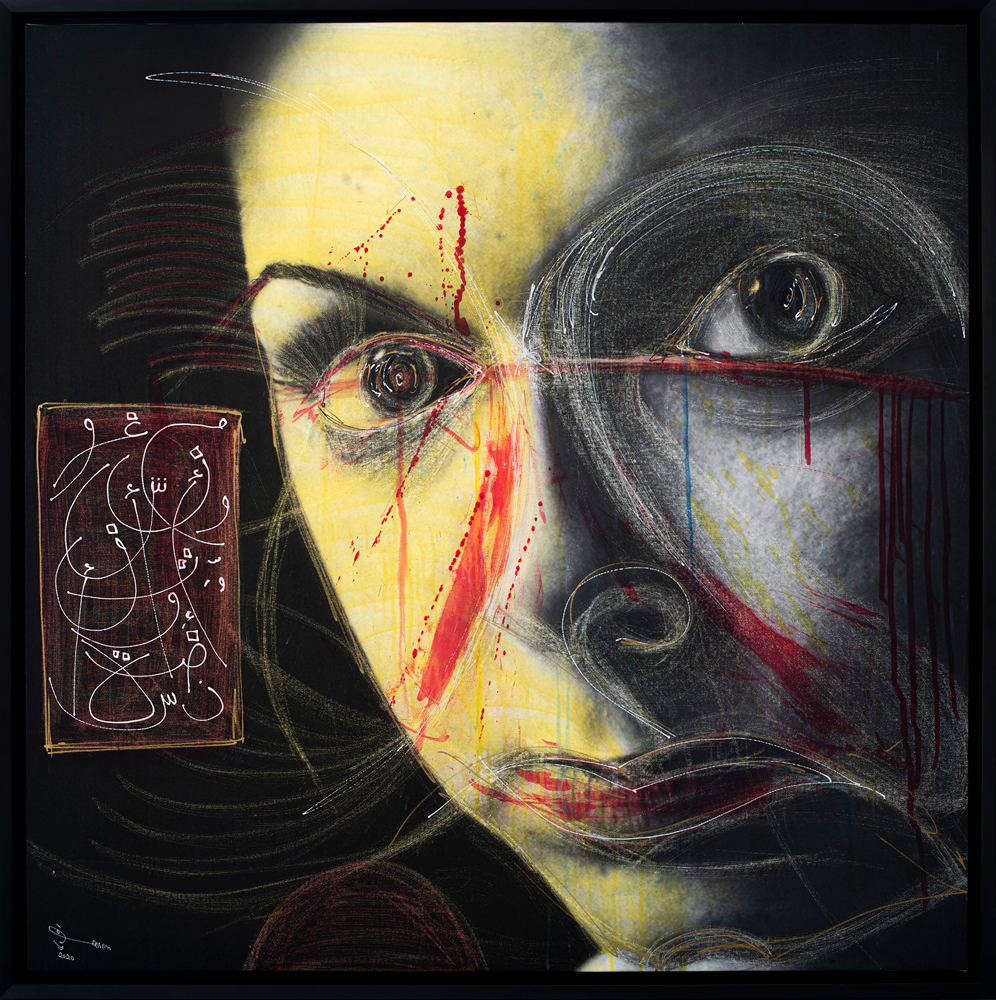In the labyrinth of art movements that defined the latter half of the 20th century, Neo-Expressionism emerged as a rebellious force, challenging the cool detachment of its minimalist predecessors. Characterized by its bold return to emotional intensity and figurative representation, Neo-Expressionism became a dynamic celebration of raw human experience and unbridled creativity.
As the art world grappled with the intellectual rigor of minimalism and conceptualism, Neo-Expressionism stormed onto the scene, demanding a return to the emotional core of artistic expression. The movement rejected the detached, formalistic approach of previous decades, opting instead for a visceral engagement with the canvas.
One of the hallmarks of Neo-Expressionism was the liberation of the artist's gestural expression. Brushstrokes became a form of kinetic energy, capturing the immediacy of emotion in a way that echoed the bold strokes of Abstract Expressionism. The canvas transformed into a battleground where artists grappled with their innermost feelings, leaving behind a visual record of the emotional journey.
 Absinthe Dreams by Barry John MBE
Absinthe Dreams by Barry John MBE
Figurative representation took center stage in Neo-Expressionist works. Artists turned away from the abstraction of form, choosing instead to explore the human figure in ways that were often distorted, exaggerated, or imbued with symbolic meaning. This return to the figurative was a deliberate rejection of the faceless anonymity that characterized much of minimalist art.
 Portrait by Jassim Al Awadhi
Portrait by Jassim Al Awadhi
Neo-Expressionism was more than an art movement; it was a platform for individual stories within a broader cultural narrative. The canvas became a diary, a visual memoir, and a mirror reflecting the complexities of contemporary society. The sheer size of these works intensified the emotional impact, inviting viewers to immerse themselves in the turbulent landscapes painted by the artist's hand.
While Neo-Expressionism reached its zenith in the 1980s, its legacy endures. The movement paved the way for a renewed emphasis on individual artistic voices, emotional resonance, and a rejection of the constraints imposed by artistic formalism. Its influence can be seen in subsequent art movements and the continued exploration of the subjective in contemporary art.
Neo-Expressionism, with its fiery spirit and unapologetic celebration of emotion, remains a pivotal chapter in the story of modern art. In its rejection of the cool and calculated, the movement reignited the flame of artistic passion, inviting artists to reclaim their voices and viewers to rediscover the visceral power of the painted canvas.
Feature Image: Barry John MBE




